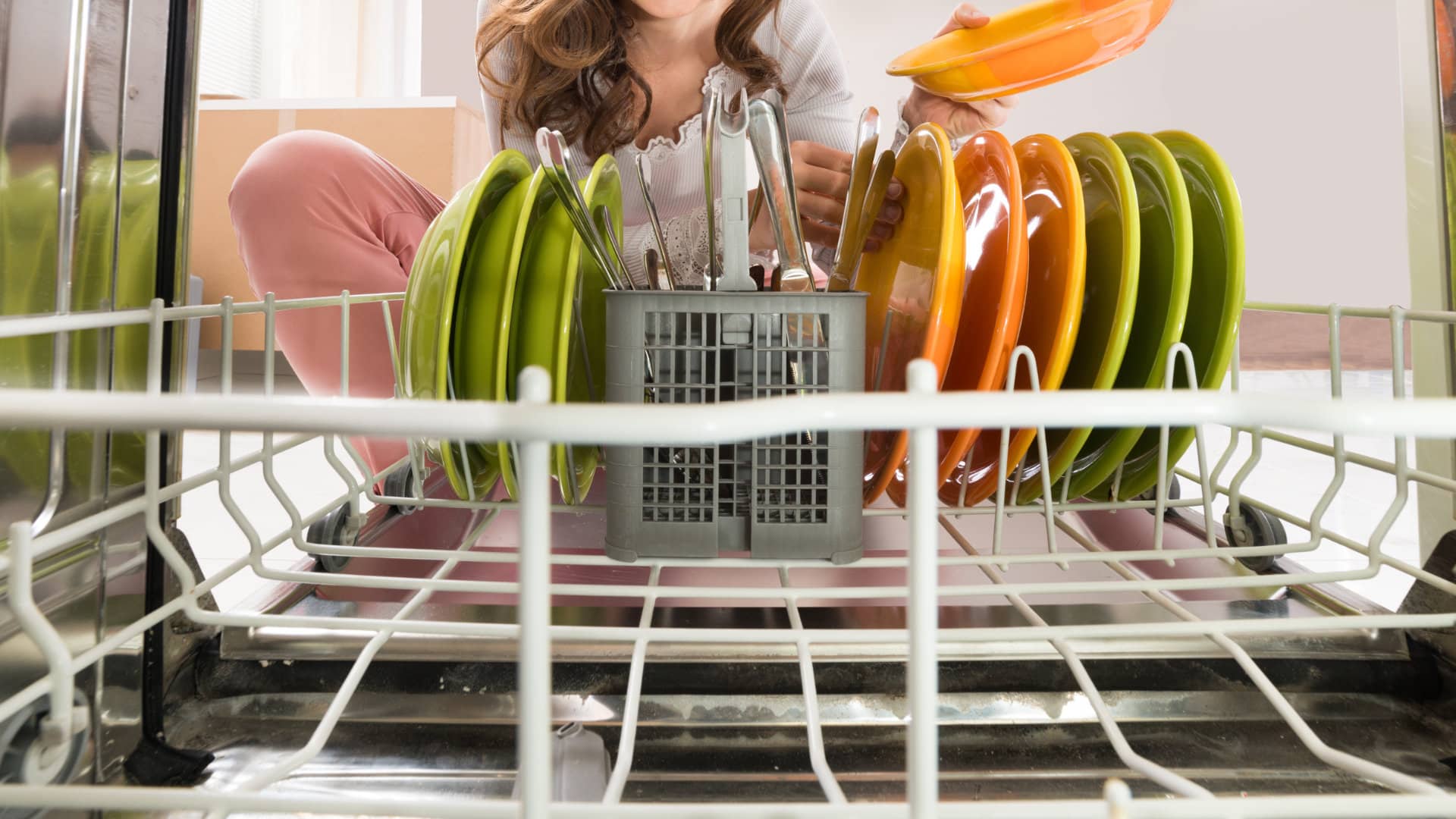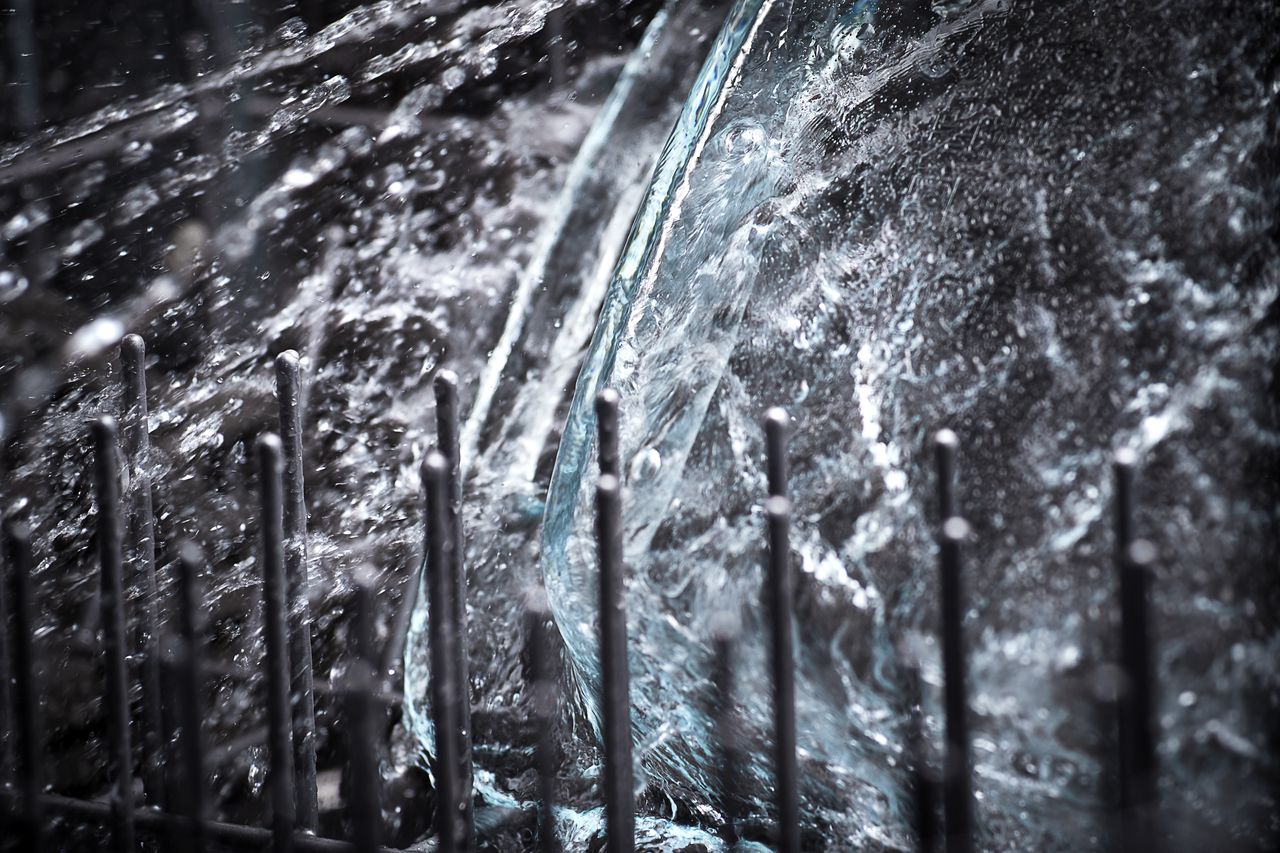
If you enjoy taking clean dishes out of a dishwasher and drying them by hand, the dry cycle isn’t that crucial to the process. The issue comes when you forget about those dishes for a day or two, and they dry naturally. Instead of clear glass, everything is covered with water spots and maybe even an opaque film. These are harmless side effects, but still pretty unsightly. If your dishwasher isn’t drying properly, here is what you need to check.
Heating Element
When the drying cycle kicks on, the primary component is the heating element. This heats the water for the wash cycle, but also produces heat to dry your dishes. If it is faulty, you may notice that the dishes are not only wet, but they are dirty as well. Without the water at the correct temperature, the appliance will struggle to clean the dishes and just plain old won’t dry them. You can test this part with a multimeter.
High Limit Thermostat
A faulty high limit thermostat and a faulty element are actually the same issues. Both result in the heating element not working. However, the high limit thermostat is a one-use part. It cuts power to the heating element because the appliance got too hot. This is done to prevent a fire or any damage to the appliance. So if the high limit thermostat is tripped, it needs to be replaced. You will also want to look into why the dishwasher got too hot in the first place.
Rinse Aid
This is the most innocent cause usually. If your dishwasher has run out of rinse aid, you will notice that the dishes come out a little wetter. Rinse aid allows water to naturally slide off dishes faster, which allows them to dry faster. If you do have rinse aid in your appliance, the dispenser could be faulty as well.
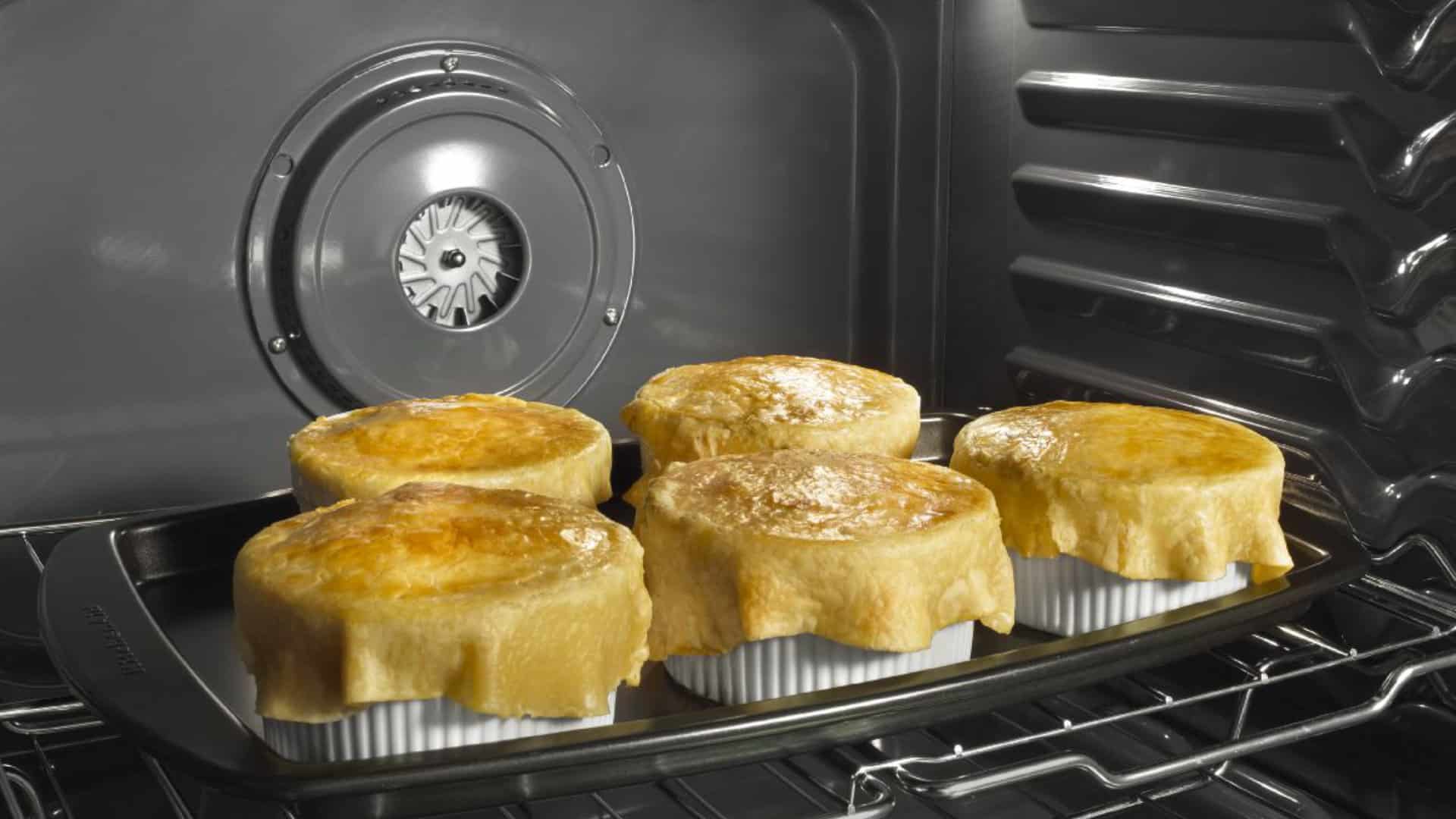
How to Fix Whirlpool Stove F9 Code
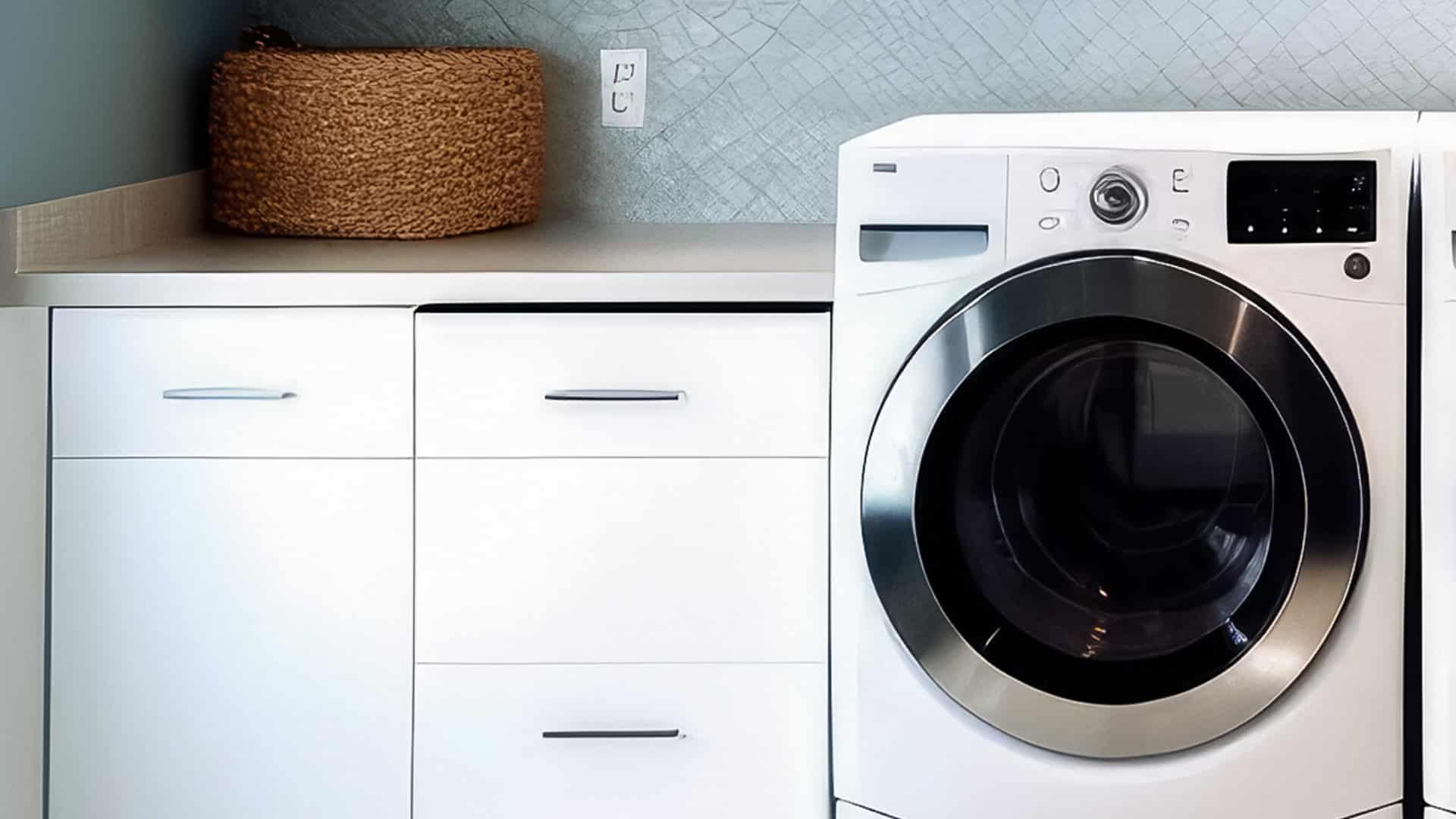
Fix Whirlpool Duet’s F20 Error Code

Freezer Working But Not Fridge? 5 Fixes

Speed Queen Washer Error Codes Explained
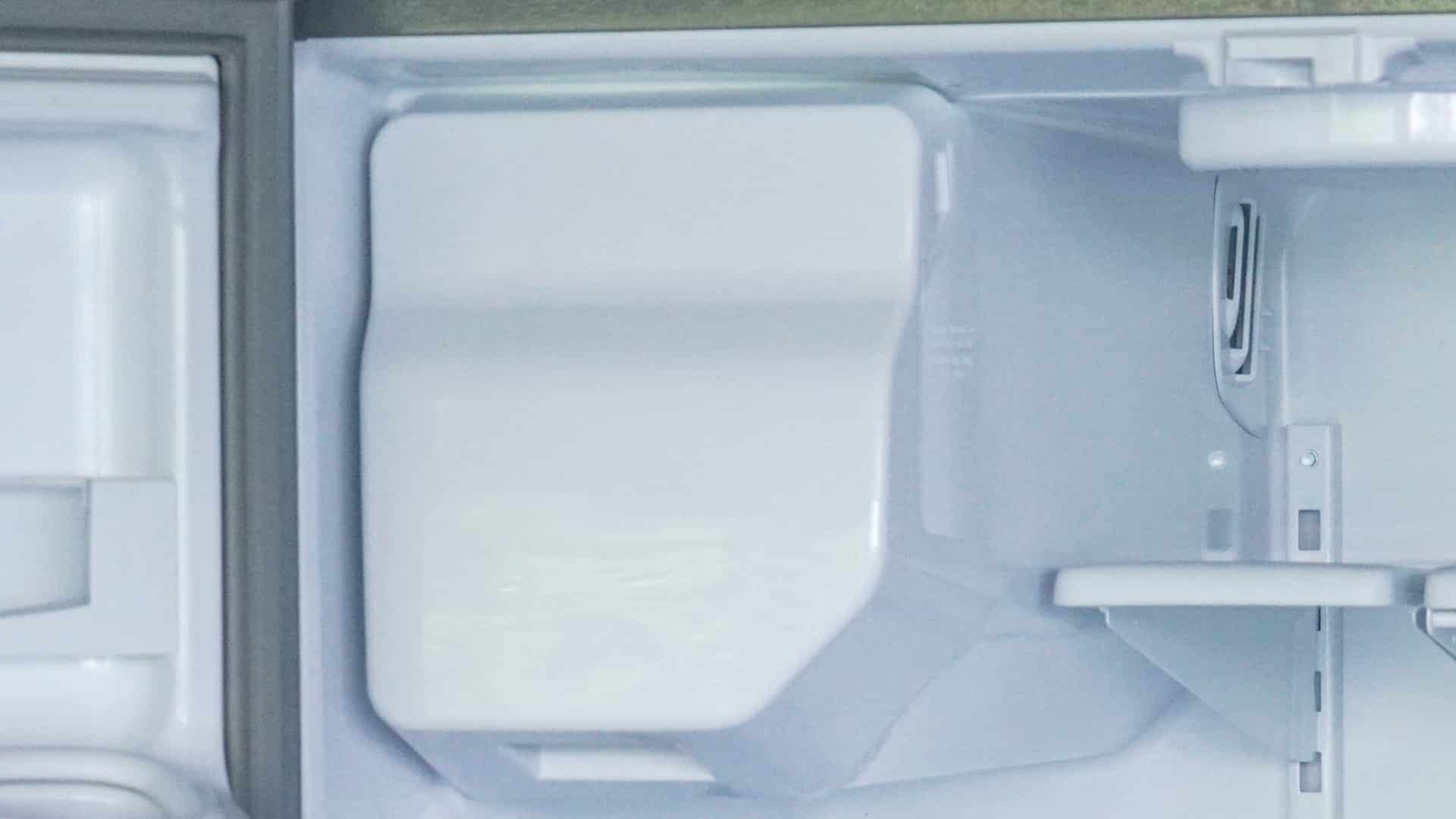
7 Reasons Why Your KitchenAid Ice Maker Isn’t Working

LG Oven F9 Error: Here’s How to Fix It

How to Replace an LG Refrigerator Air Filter
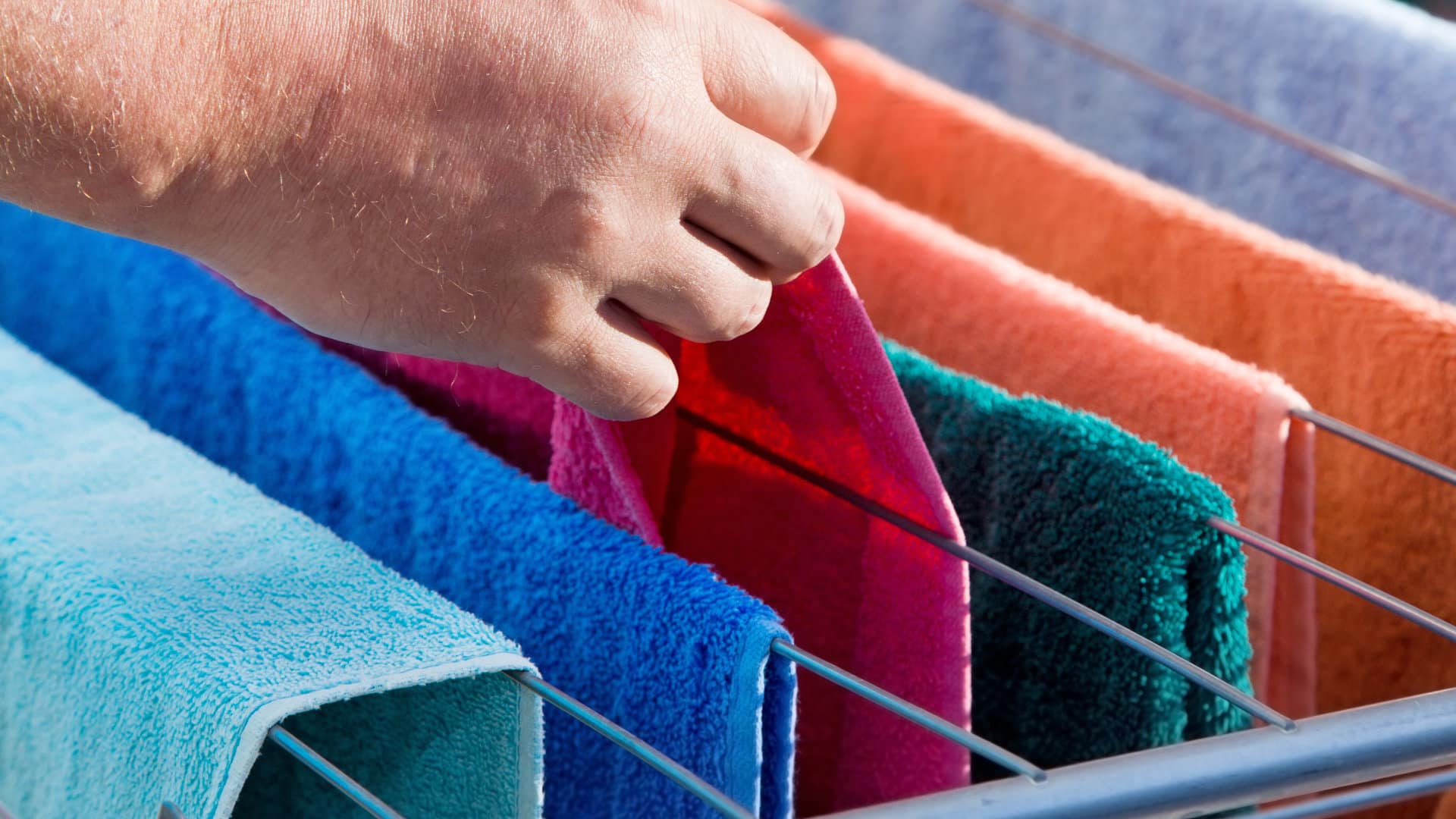
What Do Dryer Sheets Do?

How to Cook Corn on the Cob in the Microwave
